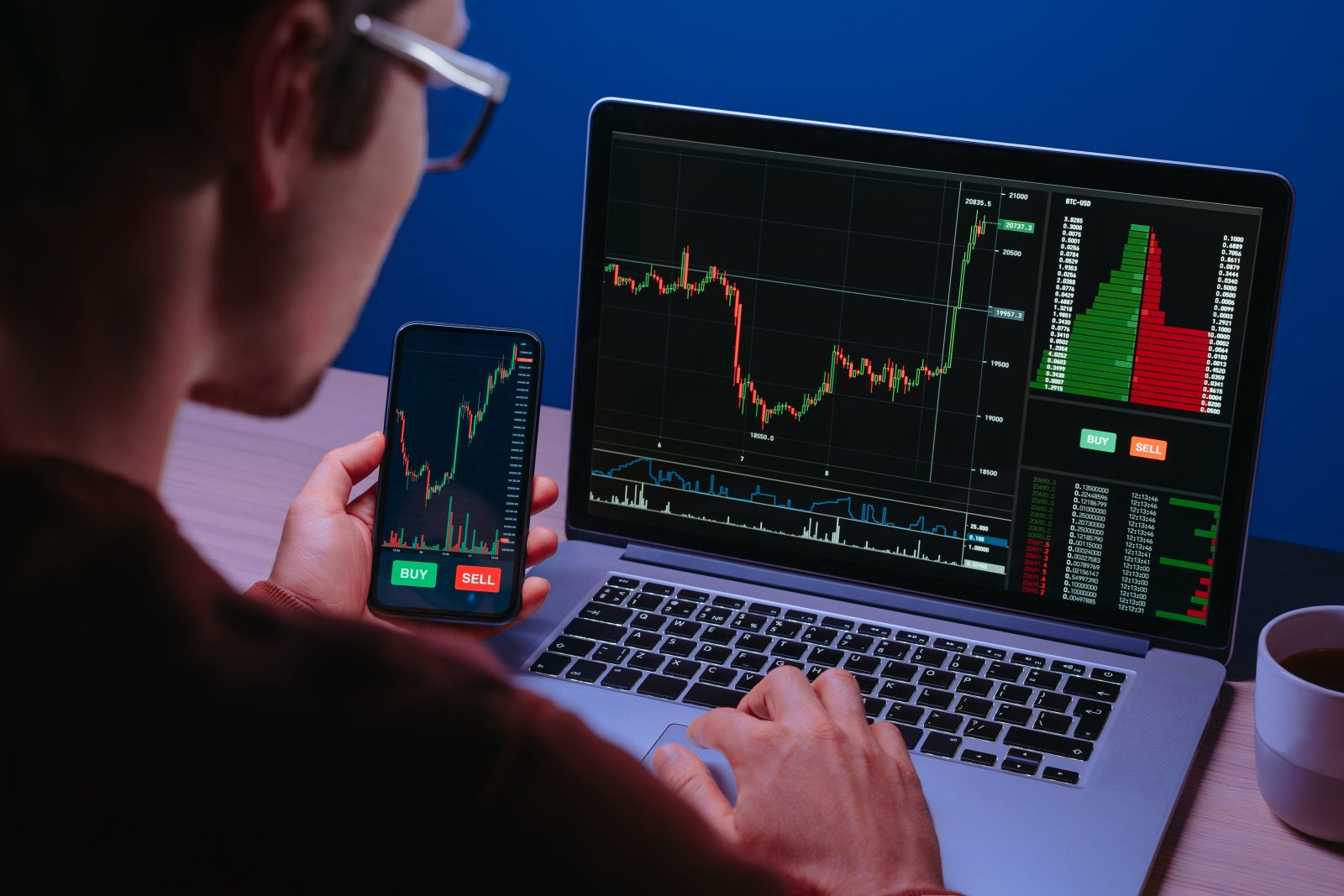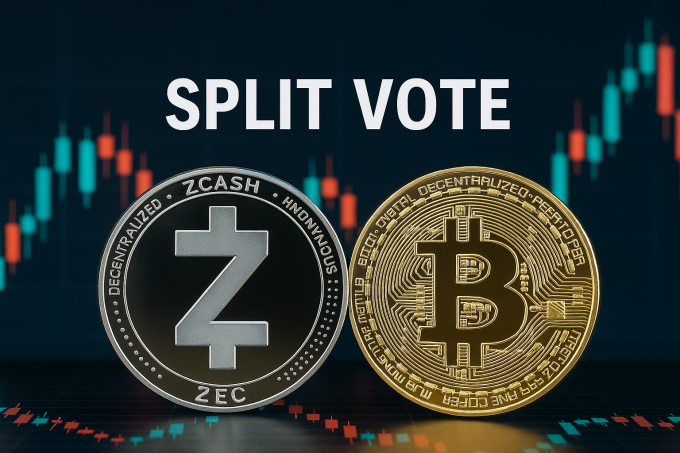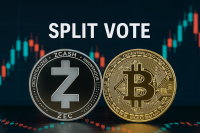Bitcoin has entered a period of heightened volatility as traders weigh bullish momentum against persistent bearish pressures. With prices oscillating between $91,000 and $98,500, investors are closely analyzing market signals to determine the next directional move for the world’s largest cryptocurrency. The tug-of-war reflects broader macroeconomic uncertainties and the spillover effects of turbulence in technology and AI-driven equities.
Market Reaction: Oscillating Prices Reflect Investor Uncertainty
Bitcoin’s price has fluctuated roughly 7% over the past week, with trading volumes increasing to an average of $28 billion per day. The cryptocurrency initially rallied on renewed optimism in blockchain adoption and institutional inflows but has faced consistent resistance near $98,500. Conversely, support levels around $91,000 have held multiple times, indicating a balancing act between bullish buying pressure and profit-taking by short-term holders. This volatility underscores how closely crypto markets are tracking global risk sentiment and liquidity conditions.
Technical and Structural Considerations
From a technical perspective, Bitcoin is navigating critical moving averages, including the 50-day at $94,800 and the 200-day at $92,300, which market analysts view as pivotal for trend confirmation. Breaks above or below these levels could dictate the next significant swing. Additionally, derivatives markets reveal elevated open interest in both long and short positions, signaling that traders are hedging aggressively while attempting to capitalize on directional uncertainty. The presence of algorithmic trading strategies amplifies short-term volatility, creating sharp intraday swings that test investor discipline.
Investor Sentiment and Behavioral Dynamics
Investor psychology is playing a notable role in this tug-of-war. Retail traders exhibit heightened caution, often liquidating positions at the first signs of a reversal, while institutional players are reportedly adopting more strategic hedging tactics. Market sentiment indicators, such as the Bitcoin Fear & Greed Index, have oscillated between 45 and 55 over the past week, reflecting a neutral-to-cautious mindset. The interplay of speculative positioning and risk management strategies is contributing to the oscillating market structure and maintaining elevated volatility levels.
Forward-Looking Considerations
Looking ahead, traders and investors will focus on key catalysts, including macroeconomic data releases, regulatory updates, and trends in AI and tech equities that historically influence crypto sentiment. Key risk factors include potential liquidity shocks, abrupt regulatory announcements, and renewed volatility in correlated technology stocks. Opportunities may emerge for those closely monitoring support and resistance levels, funding flows, and derivative positioning to anticipate the next decisive move in Bitcoin’s ongoing bull-bear contest.
Category: Crypto Market Analysis, Investor Sentiment & Strategy













https://shorturl.fm/OIxwk